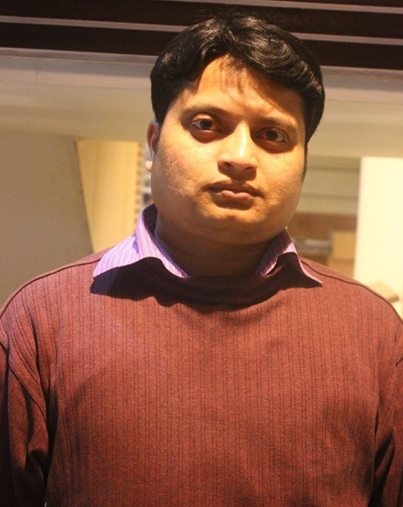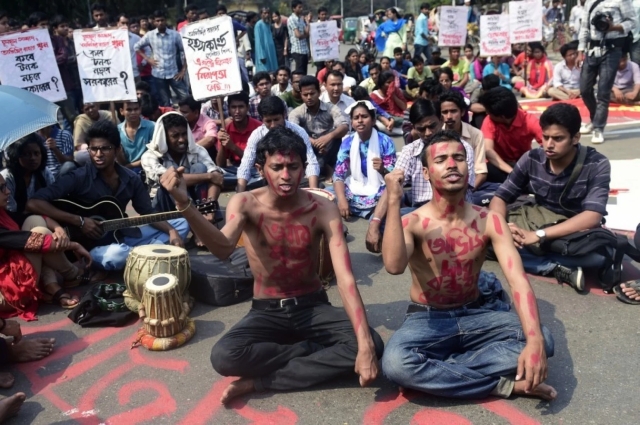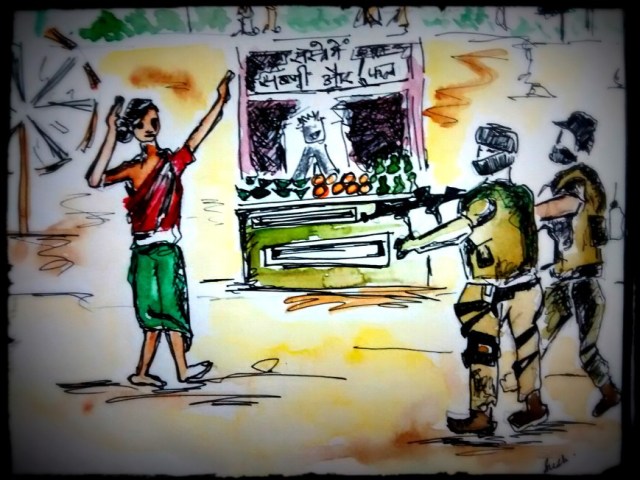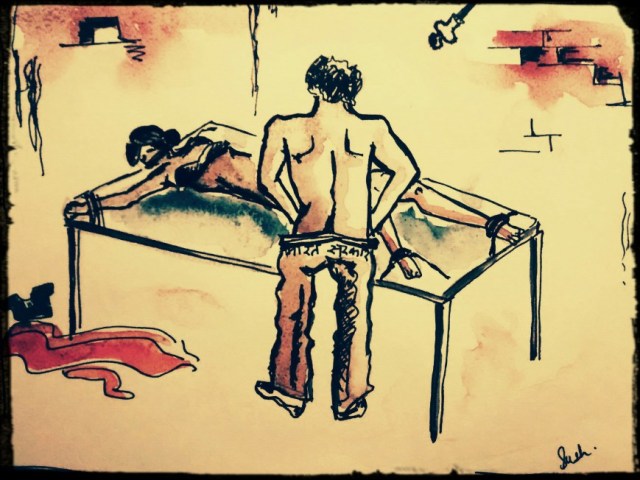After over 70 years, animal sacrifice comes to an end in the Defence Colony shrine, thanks to a firebrand 22-year-old Taanya Ravi for her active participation.
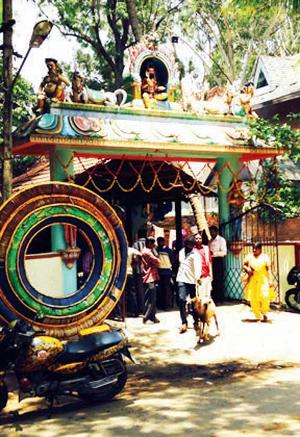 The gory ritualistic animal sacrifices using sheep, chicken, and goats at the Sri Muneshwaraswamy temple in Indiranagar’s Defence Colony have finally come to an end.
The gory ritualistic animal sacrifices using sheep, chicken, and goats at the Sri Muneshwaraswamy temple in Indiranagar’s Defence Colony have finally come to an end.
The Indiranagar police have put an end to the practice that was going on for the last seven decades. This followed two seperate complaints filed under the Prevention of Cruelty to Animals Act by a 22-year-old financial analyst Taanya Ravi and Debashis Rationalist, general secretary of Rationalists’ and Humanists’ Forum of India last month.
The temple, located in 6th cross, 3rd main road, Defence Colony, is said to be more than 75 years’ old.
When RHFI visited the temple last month, its caretaker Indira had confirmed that the sacrifices took place in the premises but that they were mainly conducted on Sundays.
“I was aware of animals like chicken, sheep, and goats being sacrificed inside the temple premises for a long time now. Last year, I attempted to file a police complaint and tried to get the cops to accompany me to the temple, but in vain. They simply refused to entertain my plaint. Subsequently, I had my advocate issue the temple secretary with a legal notice and had marked the police sub-inspector and inspector in on it, but the sacrifices continued as the legal notice was ignored,” Taanya told RHFI.
Determined not to allow the bloodshed to continue, the financial analyst attended a workshop held by the Animal Welfare Board of India in March, which helped her glean more knowledge about the laws. She also spoke to residents whose houses are located next to the temple, and they too confirmed that the sacrifices took place twice or thrice a week.
Having familiarised herself with the law, the activist then confidently approached the police again on Sunday upon learning that another sacrifice was about to take place, and this time, with the help of RHFI, she succeeded in lodging an FIR. A separate FIR was also filed by Debashis Rationalist on behalf of RHFI.
Taanya designed a huge poster saying animal sacrifices are strictly banned in the temple and – with the help of the member of RHFI – strung it up in front of the temple.
There is also a board put up by the temple authorities themselves which states in Kannada that animal sacrifices are a no-no.
“Devotees who come to the temple now with the intention of conducting animal rituals glance at the poster and go away. The notices are put up in both English and Kannada. We have been issued instructions to inform the police if anybody tries to defy their orders,” she said.
Debashis Rationalist said the law mandates that animals can only be slaughtered inside a registered slaughterhouse and not within the precincts of a place of religious worship. So people who slaughter animals in public can be booked under sections 29 and 11 of the Prevention of Cruelty to Animals Act; section 6 of the Karnataka Prevention of Animal Sacrifices Act and sections 428, 429, and 268 of the IPC.


